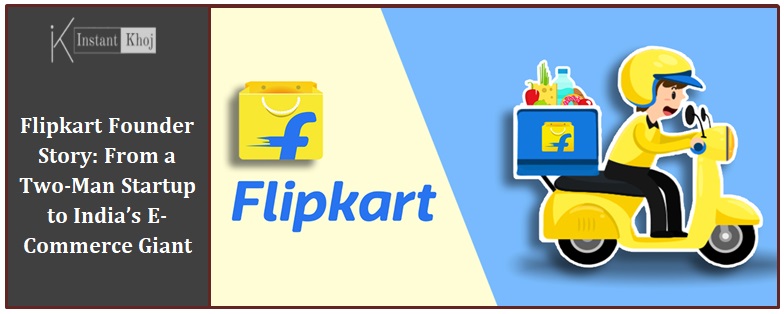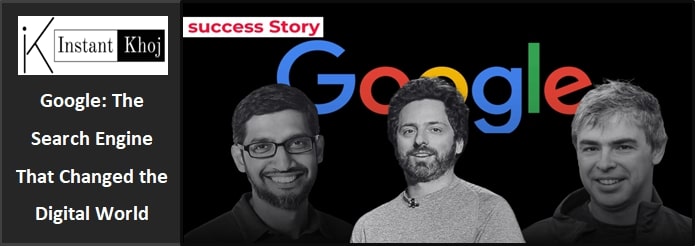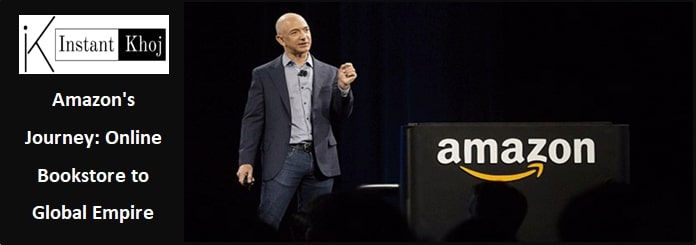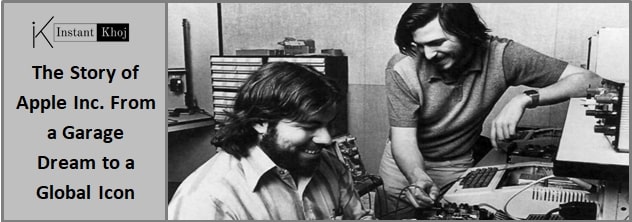Table of Content
- The Beginning: Two Engineers with One Dream
- The Humble Start: Selling Books Online
- The Early Challenges: Convincing India to Shop Online
- Funding and Growth: From Startup to Sensation
- Game-Changing Innovations
- The Rise to Market Leadership
- The Turning Point: Competition with Amazon
- The Walmart Acquisition: A Historic Deal
- Life After Flipkart: The Bansals’ Next Ventures
- Flipkart Today: Continuing the Legacy
- The Impact on India’s Startup Ecosystem
- Lessons from Flipkart’s Journey
- Frequently Asked Questions (FAQ) About Flipkart and Its Founders
- Conclusion: From a Startup to a Symbol of Indian Innovation
When two young engineers from IIT Delhi decided to quit their comfortable corporate jobs at Amazon and start an online bookstore in India, few could have imagined they were about to change the way an entire nation shopped. That’s the story of Flipkart, India’s pioneering e-commerce platform, founded by Sachin Bansal and Binny Bansal — two visionaries who turned a modest idea into a billion-dollar revolution.
The Beginning: Two Engineers with One Dream
In 2007, India’s internet landscape was still in its infancy. Online shopping was nearly unheard of, and most Indians were skeptical about making payments online. At that time, Sachin and Binny were working at Amazon’s Bengaluru office. Both were IIT Delhi graduates who shared a passion for technology and innovation.
In October 2007, they took a leap of faith, leaving their jobs and starting Flipkart from a small apartment in Koramangala, Bengaluru — with determination, laptops, and a dream.
The Humble Start: Selling Books Online
Flipkart’s journey began with a simple mission — to make books easily available to everyone across India. Sachin and Binny handled everything — website development, inventory, order processing, and deliveries.
Their first sale was a book titled Leaving Microsoft to Change the World by John Wood. That order was personally packed and shipped by the founders.
To gain trust, Flipkart introduced Cash on Delivery (COD) in 2010 — a move that revolutionized Indian e-commerce.
The Early Challenges: Convincing India to Shop Online
In 2007–2009, convincing Indians to buy online wasn’t easy. Most people preferred local stores and doubted online payment safety. Flipkart focused on customer experience — fast delivery, easy returns, and 24×7 support. Their motto was “Customer first, always.”
By 2009, they were handling 100 orders a day — a huge jump from their humble beginnings.
Funding and Growth: From Startup to Sensation
After bootstrapping for over a year, Flipkart received $1 million funding from Accel India in 2009. In 2010, Tiger Global Management joined as a key investor.
Flipkart launched Ekart, its logistics arm, ensuring reliable deliveries. Soon, it expanded into electronics, fashion, and lifestyle products.
Game-Changing Innovations
- Cash on Delivery (COD): Built trust among first-time shoppers.
- Easy Returns Policy: Boosted customer confidence.
- Big Billion Day Sale: Launched in 2014, India’s own version of Black Friday.
- Acquisitions: Myntra and Jabong strengthened its fashion segment.
- Big Data and AI: Used analytics to improve user experience.
The Rise to Market Leadership
By 2014, Flipkart had become a household name, raising $1 billion — the largest for an Indian startup then. Backed by investors like SoftBank, Naspers, and Accel Partners, it achieved unicorn status.
Acquisitions like Myntra (2014) and PhonePe (2016) diversified its business into fashion and payments.
The Turning Point: Competition with Amazon
When Amazon India entered the market in 2013, Flipkart faced fierce competition. However, its deep understanding of Indian consumers and localized strategies helped it thrive.
The Big Billion Day Sale became a record-breaking annual event, symbolizing Flipkart’s dominance.
The Walmart Acquisition: A Historic Deal
In May 2018, Walmart Inc. acquired a 77% stake in Flipkart for $16 billion — valuing it at $20 billion. It was one of the world’s largest e-commerce deals.
After the acquisition, Sachin Bansal exited Flipkart, while Binny Bansal continued briefly before stepping down later that year.
Life After Flipkart: The Bansals’ Next Ventures
- Sachin Bansal: Founded Navi Technologies, focusing on fintech and digital finance.
- Binny Bansal: Founded xto10x Technologies, helping startups scale efficiently.
Flipkart Today: Continuing the Legacy
Today, Flipkart serves millions of users and sellers across India. Competing with Amazon India and Reliance’s JioMart, it leads in grocery, travel, and digital payment innovations.
It owns Flipkart Supermart, Flipkart Video, and Cleartrip, and has launched Shopsy to empower small sellers.
The Impact on India’s Startup Ecosystem
Flipkart’s success inspired startups like Ola, Paytm, Zomato, Swiggy, and Byju’s. Many ex-employees, known as the “Flipkart Mafia,” started successful ventures of their own.
Lessons from Flipkart’s Journey
- Start Small, Dream Big: Every great company begins with a simple idea.
- Focus on Customer Trust: Building trust was key to Flipkart’s success.
- Adapt to Local Markets: Localizing strategies ensures relevance.
- Embrace Innovation: Innovation like COD and Big Billion Days drove growth.
- Resilience Matters: Never give up in the face of competition.
Frequently Asked Questions (FAQ) About Flipkart and Its Founders
Who are the founders of Flipkart?
Sachin Bansal and Binny Bansal, both from IIT Delhi.
What was Flipkart’s first product?
A book titled Leaving Microsoft to Change the World by John Wood.
When did Flipkart introduce Cash on Delivery?
In 2010, transforming online shopping in India.
Who owns Flipkart now?
Walmart Inc., after a $16 billion acquisition in 2018.
Why did Sachin Bansal leave Flipkart?
He exited after the Walmart deal and founded Navi Technologies.
What is Flipkart’s biggest sale event?
The Big Billion Days Sale, started in 2014.
How has Flipkart influenced Indian startups?
It inspired the rise of new-age startups and the “Flipkart Mafia.”
What are Flipkart’s major acquisitions?
Myntra, PhonePe, Jabong, and Cleartrip.
What is Flipkart’s current valuation?
Over $35 billion as of recent estimates.
What is the legacy of Flipkart’s founders?
They proved India can build world-class startups that inspire global entrepreneurship.
Conclusion: From a Startup to a Symbol of Indian Innovation
The journey of Flipkart, from a tiny Bengaluru apartment to a global acquisition by Walmart, is a story of courage, innovation, and vision. Sachin Bansal and Binny Bansal didn’t just build an e-commerce site — they transformed the way India shops and dreams.
Also Read:
Reed Hastings – The Man Who Made Netflix a Global Streaming Hub
Walmart: From Small-Town Store to Global Retail Giant
Follow Founder’s Storieson Instantkhoj for more latest stories and trending topics.




